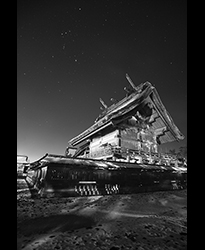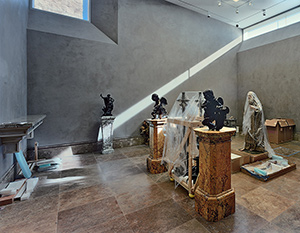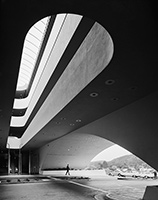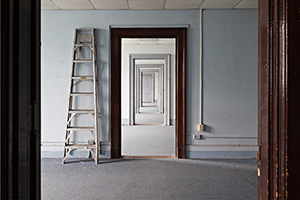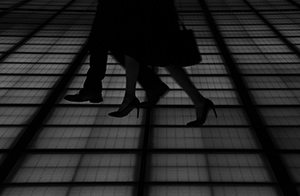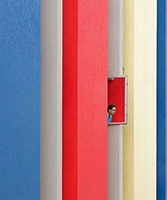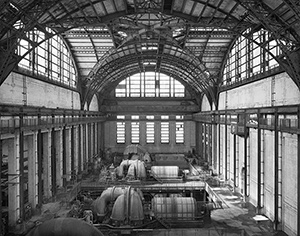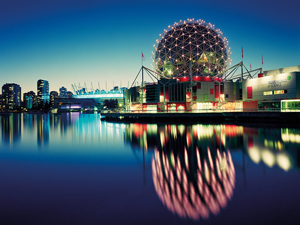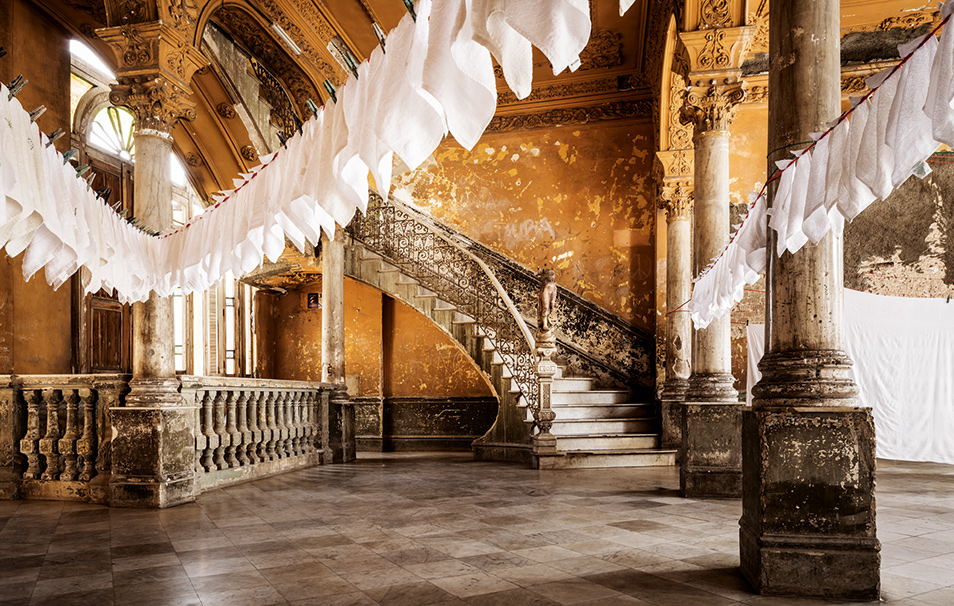Minor White once called Yasuhiro Ishimoto a “visual bi-linguist,” an apt description of Ishimoto’s fluidity in both of Japanese and American art and photography. Born in California in 1921 and raised in Japan, the photographer moved among the two countries throughout his career, studying photography with Harry Callahan and Aaron Siskind at Chicago’s Institute of Design and photographing traditional Japanese architecture for a MoMA commission before settling in Japan to become a naturalized citizen.
In 1974, he was commissioned by the Japanese design magazine Approach to photograph the work of California Arts and Crafts architects Greene and Greene, known for their early 20th-century hand-crafted, large-scale bungalows. The fit between photographer and subject proved fruitful. Although Charles and Henry Greene never visited Japan, like many in the Arts and Crafts movement, their work was influenced by the clean lines of traditional Japanese art, architecture and carpentry. The photographs Ishimoto made of some of their best known buildings focus on the simple shapes of polished and rough wood and thickly carved beams.
For the first time in U.S., all 40 of Ishimoto’s images for Approach are on view in “Yasuhiro Ishimoto: Bilingual Photography and the Architecture of Greene & Greene” at The Huntington Library in Pasadena from June 18 through October 3, along with a selection of his iconic studies of Katsura Imperial Villa in Japan, shot in 1954. Ishimoto “developed a new and personal perspective, liberated from historical precedent or framework, so he could capture a 17th-century villa near Kyoto, or the Greenes’ work, in a manner bordering on the abstract,” says Anne Mallek, former curator of the Gamble House, a 1908 Greene and Greene structure in Pasadena, who co-curated the show. “His images don’t set the works of architecture apart from the viewer, nor do they put them on a pedestal. One is pulled in, as if to observe with the photographer the details that only the architects and craftsmen may have cared about in creating the structure.” Rather than show the structure in its entirety, Ishimoto “chose rather to examine details and create abstractions, focusing on pattern, light, and structure,” say Mallek in a statement. “All of the images telegraph his sensitivity to material, texture, form and light.”
Related Stories:
The Simple Life
Intimate Spaces of Renowned Artisans
Restoration Project: Venice Rediscovered

